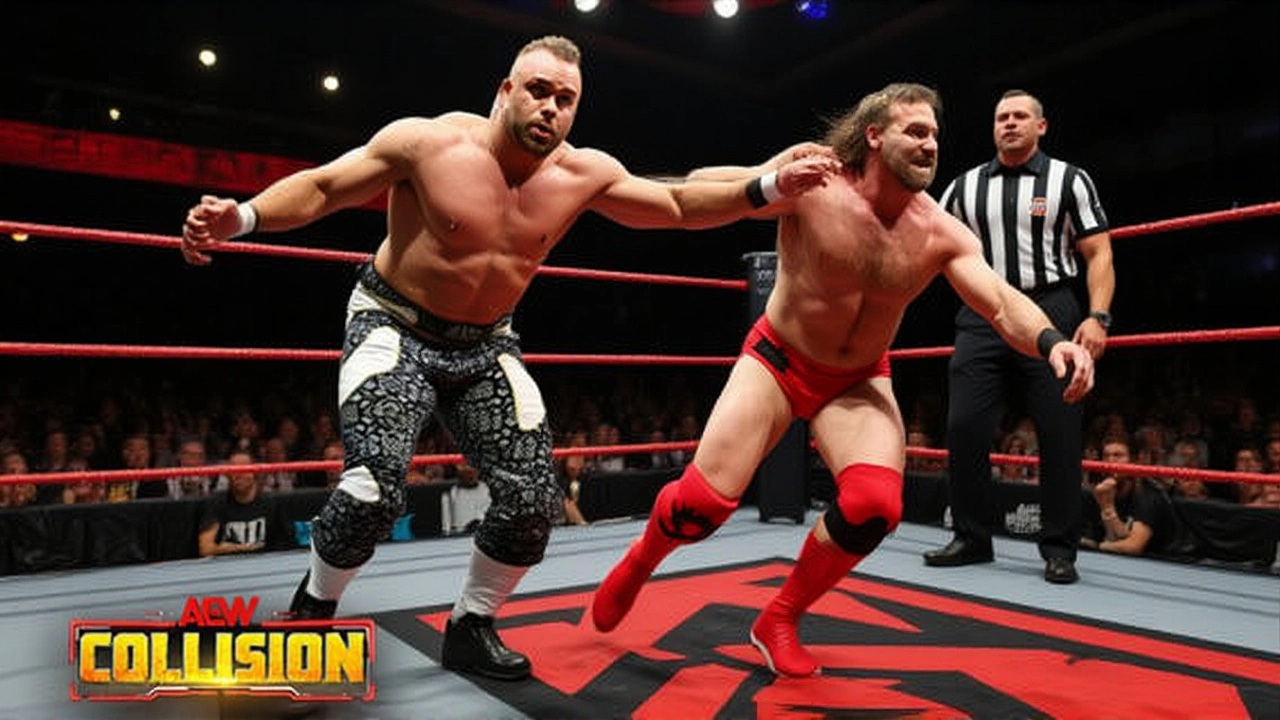Soccer News, Analysis & Community
Welcome to Big Goal Sportive – the place where soccer fans get their fix. We bring the newest headlines, hot match clips and clear breakdowns of tactics. Whether you follow the Premier League, La Liga or the MLS, you’ll find quick updates that keep you in the loop.
Latest Match Highlights
Missed the Carabao Cup clash between Newcastle United and Tottenham Hotspur? Our recap gives you the key moments, goals and turning points in under two minutes. We also cover surprise draws, like those tense 0‑0 games, and explain what they mean for league points.
Deep Dive Analysis
Our analysts break down player roles, from why goalkeepers face the toughest mental pressure to which position offers the biggest impact on a game. We discuss rule quirks, such as why sleeveless jerseys aren’t allowed, and explore the business side of MLS profitability.
Join the discussion in our community forums, share your opinions and ask questions. Big Goal Sportive isn’t just a blog – it’s a squad of fans who love the beautiful game.

See Nice at Work Now at Avignon Escort Woman
In Avignon, a quiet form of companionship thrives away from the spotlight. These women offer presence, not performance-real connection in a world that’s lost its rhythm. Some came from Dubai’s scene, carrying lessons in discretion and dignity.
View More
Escort Russian - Understanding the Appeal of Russian Escort Females in Dubai’s Elite Scene
Russian escort females in Dubai offer more than physical attraction-they bring grace, cultural refinement, and emotional intelligence. Understand what sets them apart, the risks they face, and how clients build real connections in this discreet world.
View More
Top Drop: What It Really Means in Modern Contexts
Top Drop isn't about parties or promotions - it's the quiet, human moment at the end of the night that makes you feel seen. In cities like London, it's becoming a cultural touchstone for connection in a disconnected world.
View More
Birmingham, Wrexham, Charlton Join Relegated Premier League Trio in 2025/26 Championship Line-Up
Birmingham City, Wrexham, and Charlton Athletic join Ipswich Town, Leicester City, and Southampton in the 2025/26 Sky Bet Championship, as the EFL confirms the full 24-team lineup after the play-offs concluded on May 25, 2025.
View More
AEW Collision Results: Strong and Thekla Win Blood & Guts Advantages, Fletcher Retains TNT Title
AEW Collision on November 8, 2025, saw Roderick Strong and Thekla earn Blood & Guts advantages, Kyle Fletcher retain the TNT Title, and The Bang Bang Gang shock FTR—setting up chaos for the November 12 special.
View More
Rodgers Confirms Jota Out Until 2026 as Schmeichel Future Hangs in Balance
Celtic manager Brendan Rodgers confirms Filipe Jota won't return until 2026 after ACL injury, while Kasper Schmeichel's future hangs in the balance ahead of crucial Champions League clash with Benfica.
View More
International Men's Day: Why 30% of Men Over 50 Have Low Testosterone—Doctors Explain the Hidden Crisis
On International Men's Day 2025, doctors reveal that nearly 30% of men over 50 have low testosterone, leading to fatigue, depression, infertility, and heart risks—yet most screenings don’t test for it.
View More
Celtic Dominate 4-0 in O'Neill's Homecoming as Fans Protest Desmond
Celtic FC beat Falkirk 4-0 at Celtic Park on October 29, 2025, in Martin O'Neill's emotional return as interim manager, while fans protested major shareholder Dermot Desmond. The win lifts Celtic to 20 points in the Scottish Premiership.
View More
Prince Andrew hits 'all‑time low' as Giuffre’s claims linger post‑death
Prince Andrew's reputation hits an all‑time low as Virginia Giuffre's post‑mortem allegations keep haunting the duke, sparking renewed legal and royal fallout.
View More